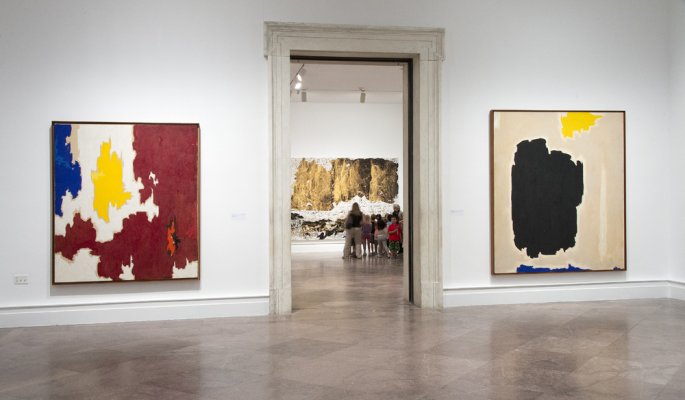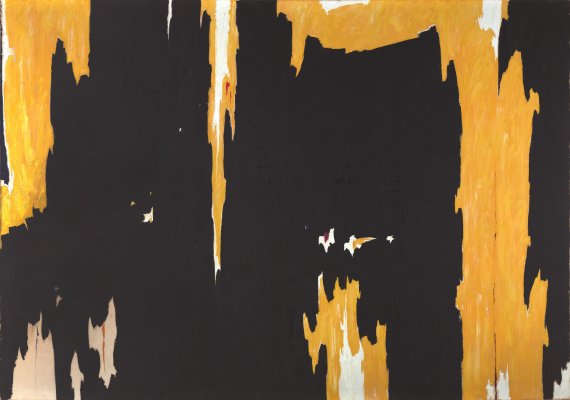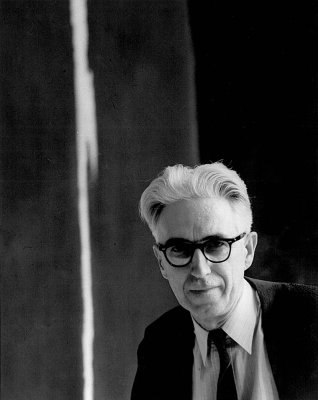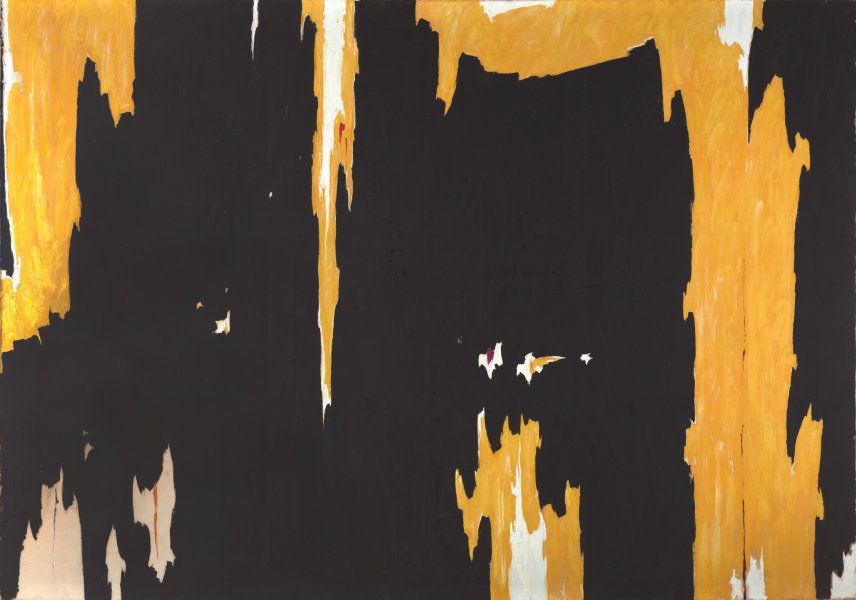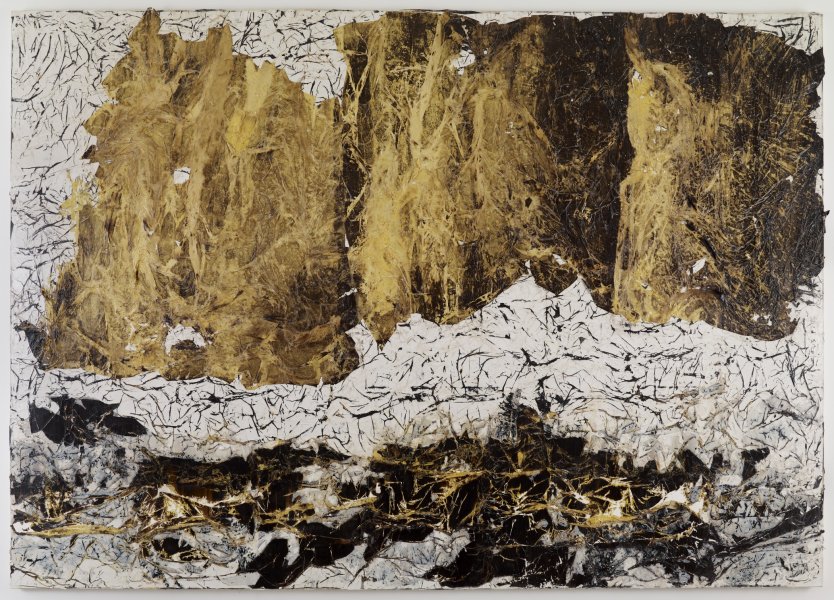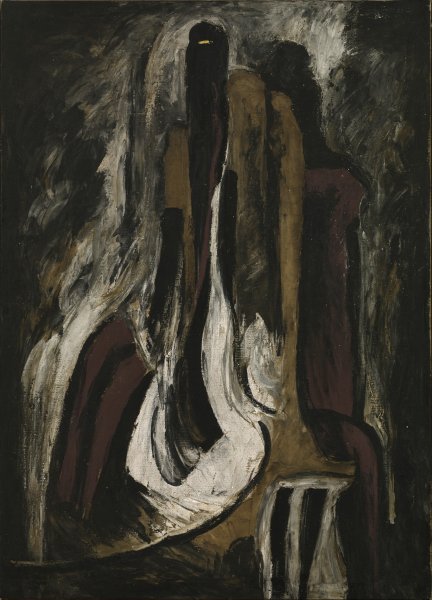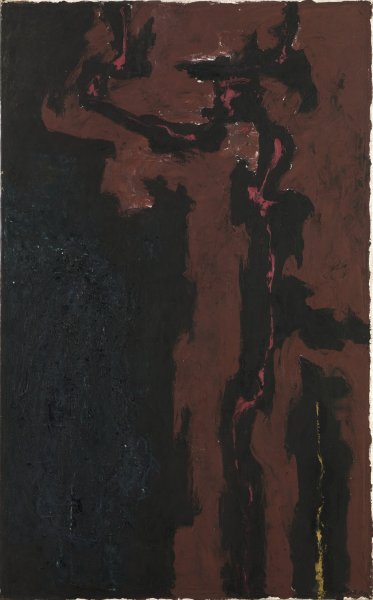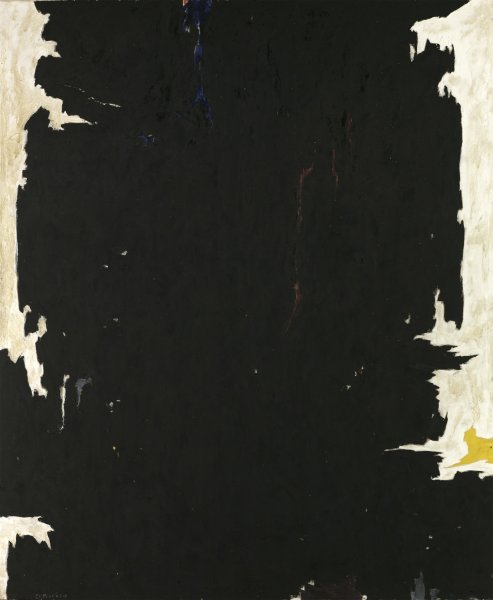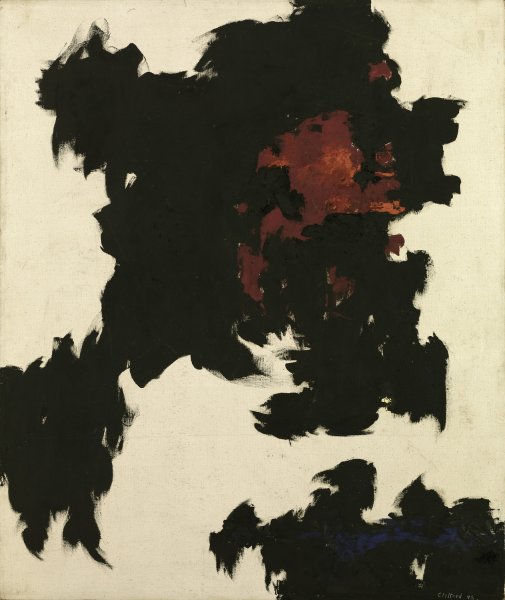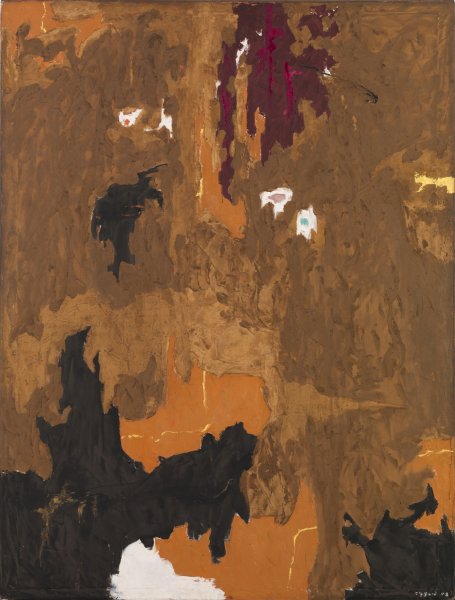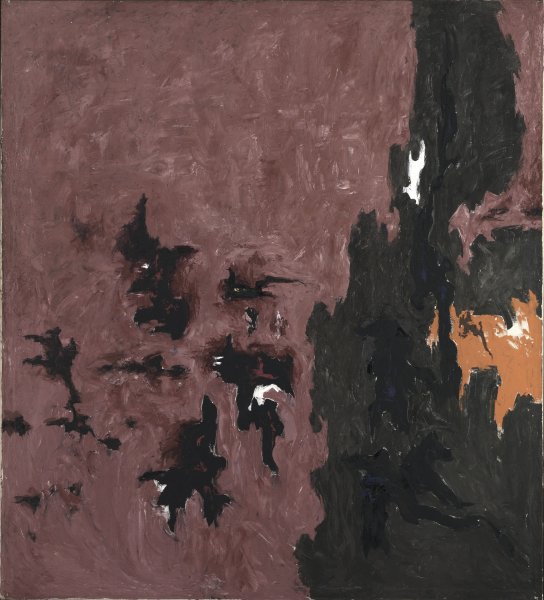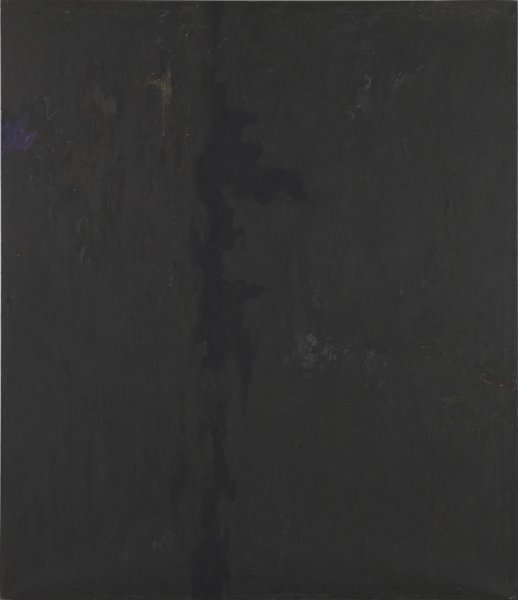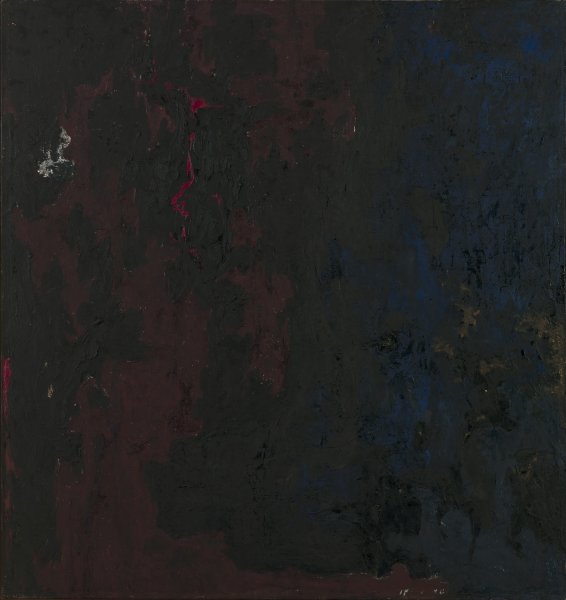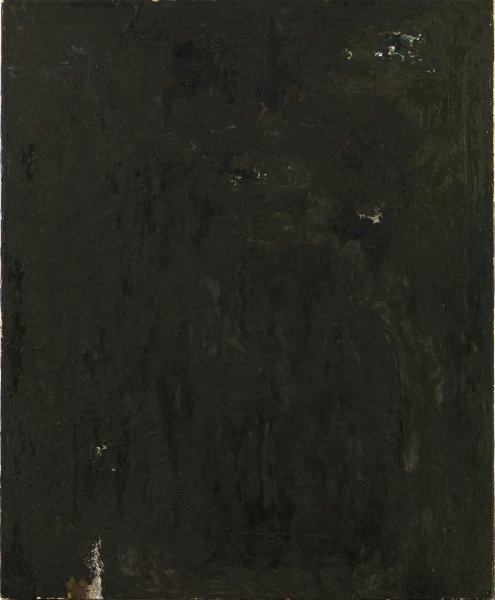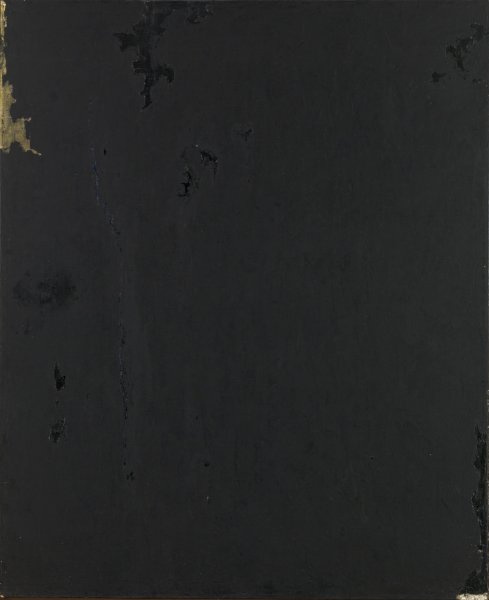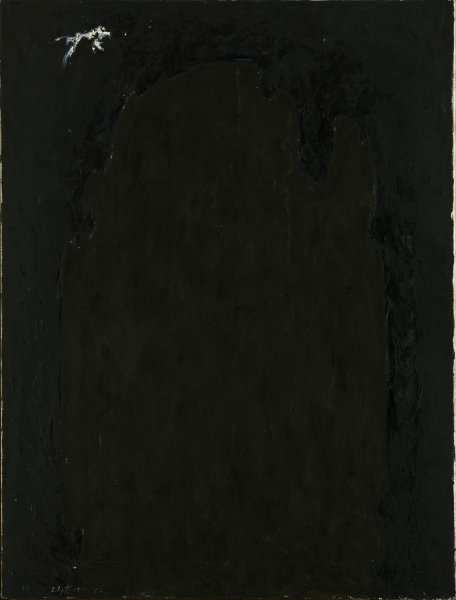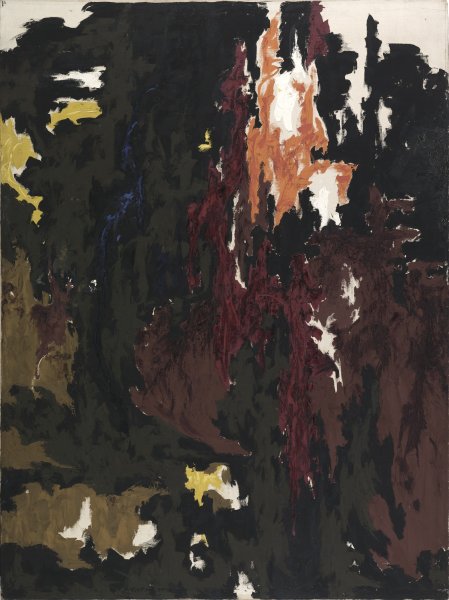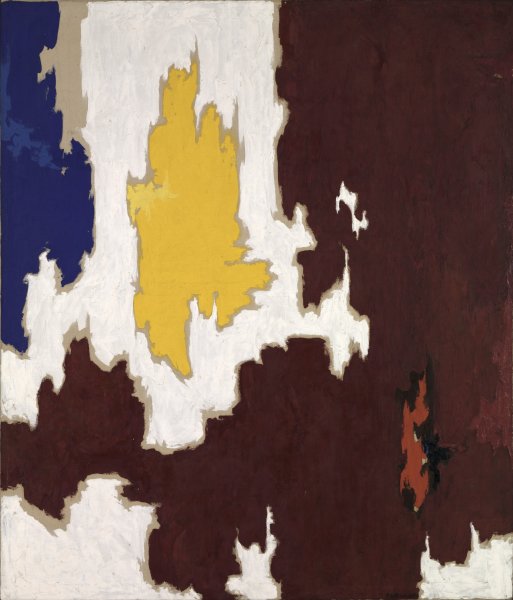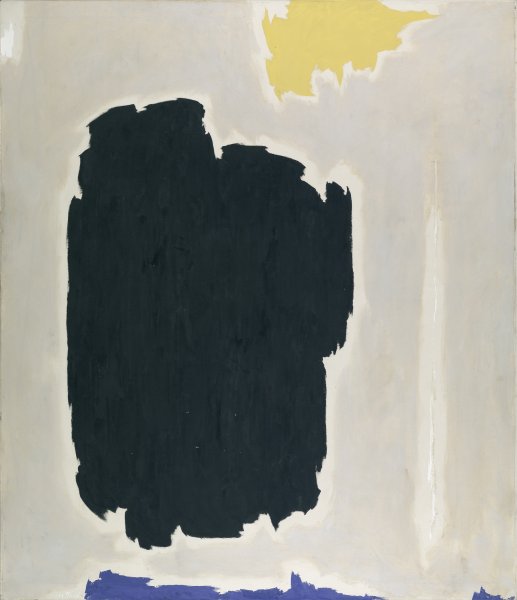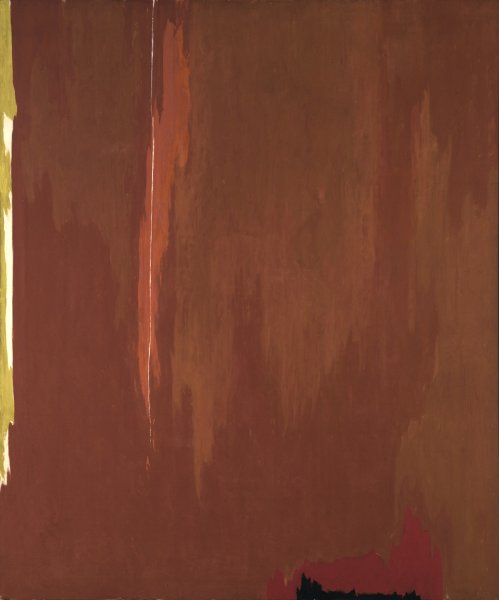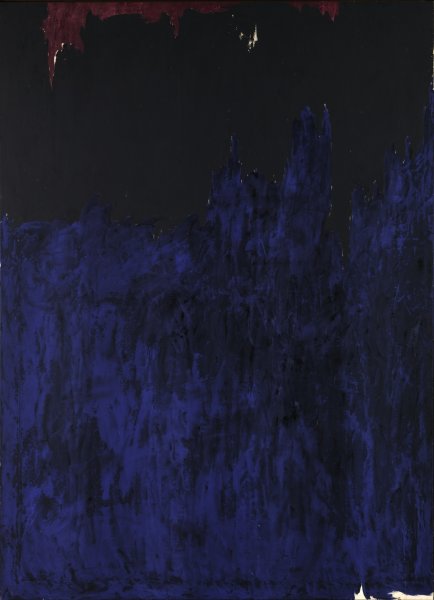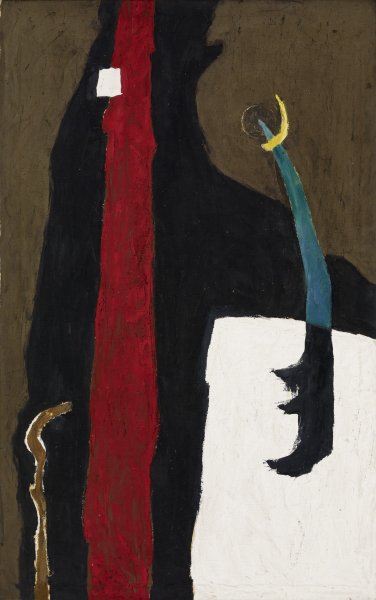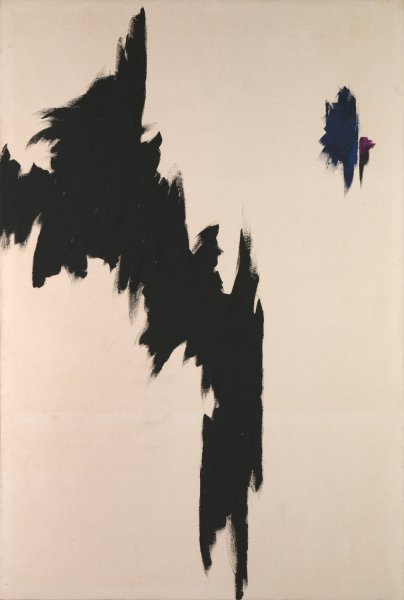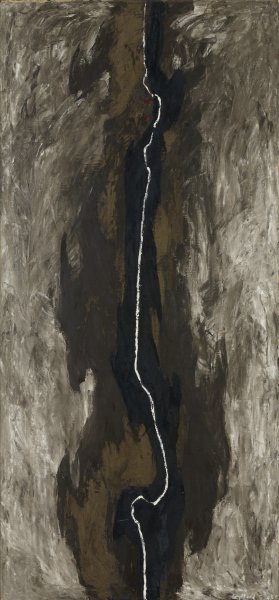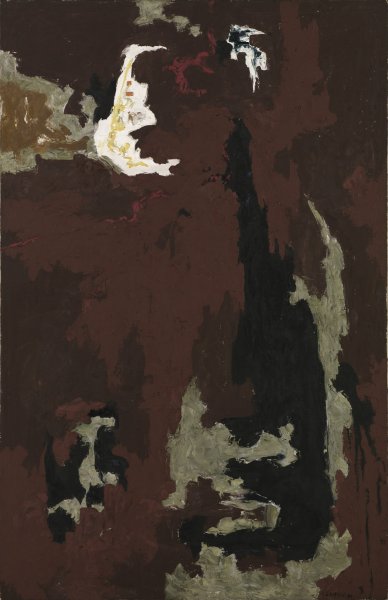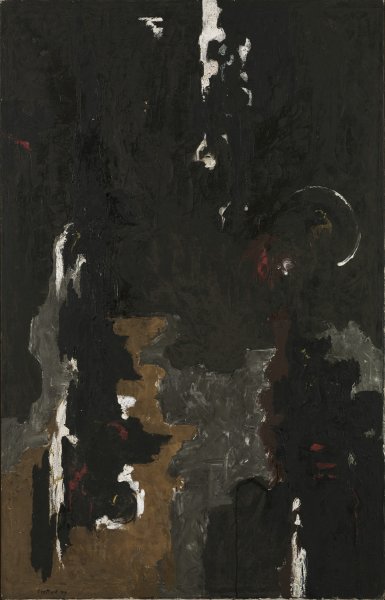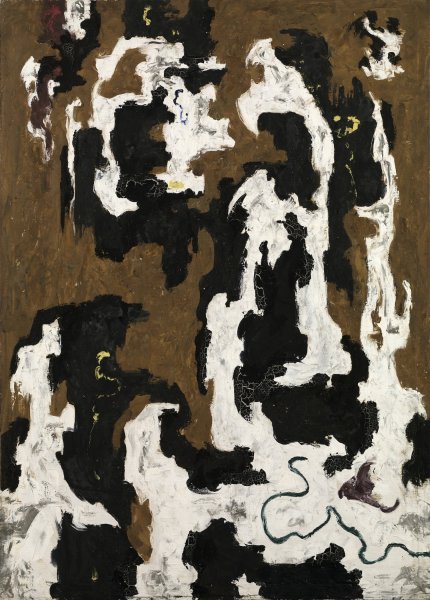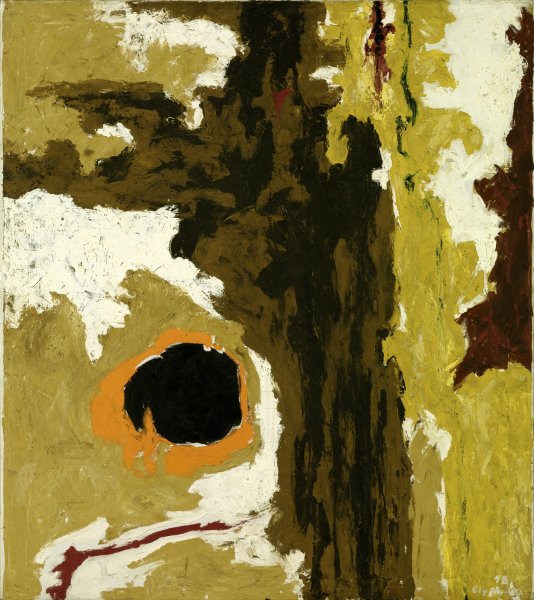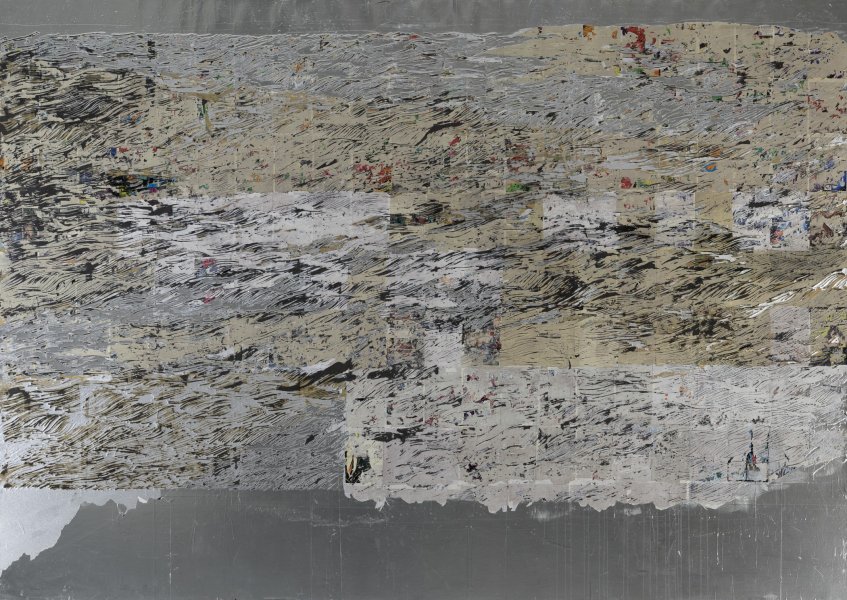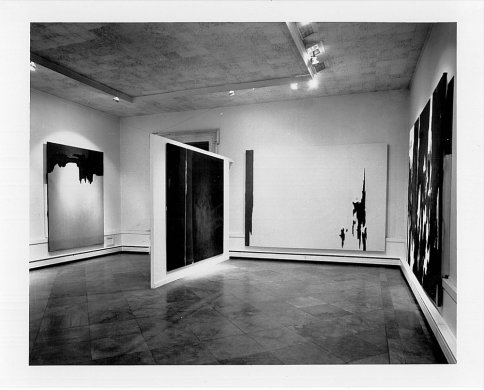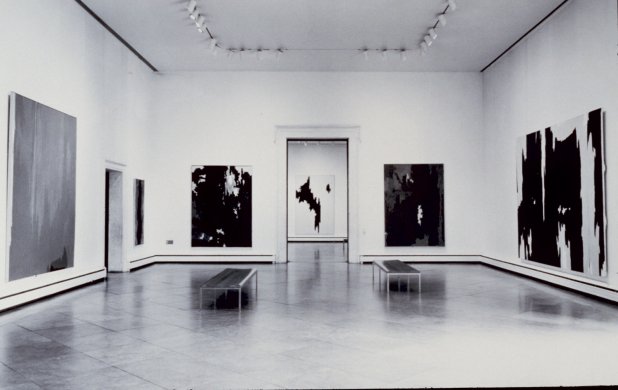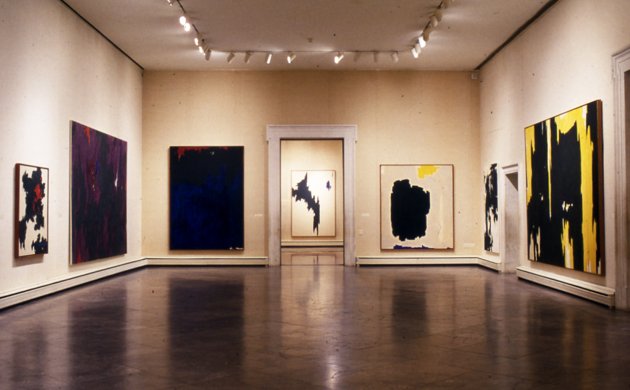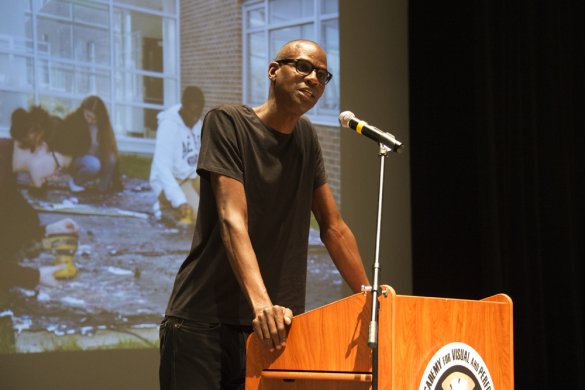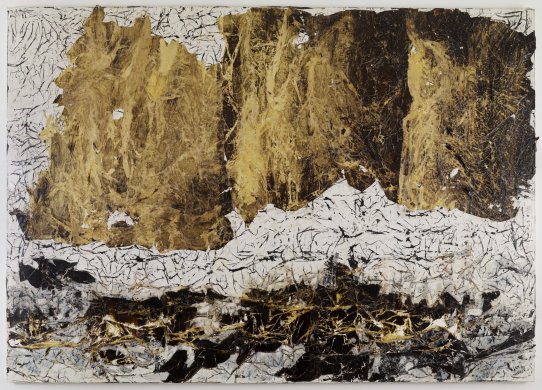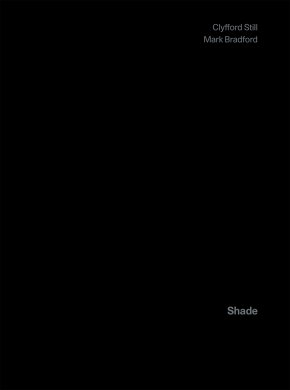Bradford has long been fascinated by Still’s extensive use of black as a signature component of his abstract imagery and the many statements he made about the color. Still famously asserted that his own dramatic canvases, which he once called “black suns,” could even be hung in darkness because “they will carry their own fire.” “Black,” he proclaimed, “was never a color of death or terror for me. I think of it as warm—and generative. But color is what you choose to make it.” Such affirmative references to blackness were unparalleled in a 1950s America riven by the early rumblings of the Civil Rights movement and the 1955 murder of Emmett Till. As an African American abstract painter, Bradford chooses to read Still’s relationship with black as an open-minded invitation to dialogue.
Bradford's new paintings continue his own exploration of abstraction’s power to address social and political concerns. Bradford has recently stated, “I think there are other ways of looking through abstraction. To use the whole social fabric of our society as a point of departure for abstraction reanimates it, dusts it off. I just find that chilling and amazing.” In this, Bradford finds Still a powerful inspiration. “Shade” suggests the power of intergenerational dialogue to cast a canonical moment in American art history in a different light. Bradford is reading Abstract Expressionism against the grain in order to enrich his practice and, profoundly, to color our own view of abstraction.
